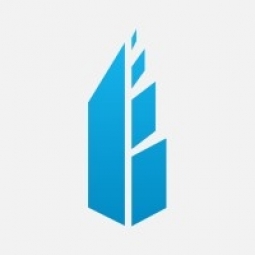Technology Category
- Drones - Drone Payloads & Accessories
- Sensors - Environmental Sensors
Applicable Industries
- Cement
- Electrical Grids
Applicable Functions
- Maintenance
- Quality Assurance
Use Cases
- Indoor Air Quality Monitoring
- Outdoor Environmental Monitoring
Services
- Testing & Certification
About The Customer
Holcim is a global leader in innovative and sustainable building solutions. The company is committed to conducting zero harm to people and the planet, a goal that demands the utmost operational performance. Holcim MAQER is the company's venture client unit that seeks out the most impactful technologies to help build a smarter, greener, and more inclusive world. Holcim operates in heavy industries, including Cement, Aggregate, Asphalt, and Ready-Mix locations. The company is continuously setting new standards in health, safety, and environment, believing that excelling in these areas equates to good business.
The Challenge
Holcim, a global leader in innovative and sustainable building solutions, was facing challenges in optimizing field inspections and routine inspections in its Cement, Aggregate, Asphalt and Ready-Mix locations. Despite the availability of modern technology, heavy industries like Holcim still relied on tribal knowledge, outdated paper-based procedures, and lacked accurate, real-time data. This traditional way of working led to numerous questions such as how to perform inspections, the right sequence, the required equipment, and the last time it was done. Both new hires and senior workers faced these challenges as safety and sustainability measures were constantly evolving. Manual paperwork was not only cumbersome and slow but also prone to errors such as missing or lost records, or worse, work that wasn’t being done at all.
The Solution
Holcim partnered with Parsable to standardize and digitize work procedures and the information collected by their operators during inspection rounds. Parsable's software enabled Holcim’s teams to work and collaborate digitally, replacing paper-based work procedures with a mobile-first platform. This transformation provided full transparency of Holcim’s operation across thousands of operators and unlocked critical data about how work was being done. The real-time data captured was invaluable in ensuring compliance with Holcim’s Environmental, Social and Governance (ESG) goals, such as reducing water consumption or increasing the use of alternative fuels. It also helped in continuously improving their operations at scale. Connecting a plant’s entire workflow – from inspection and reporting to analytics and insights – enabled managers and executives to analyze this new information, identify operational trends, flag incomplete jobs or issues on the plant floor, and share insights into how work is performed locally and across sites.
Operational Impact
Quantitative Benefit

Case Study missing?
Start adding your own!
Register with your work email and create a new case study profile for your business.
Related Case Studies.

Case Study
System 800xA at Indian Cement Plants
Chettinad Cement recognized that further efficiencies could be achieved in its cement manufacturing process. It looked to investing in comprehensive operational and control technologies to manage and derive productivity and energy efficiency gains from the assets on Line 2, their second plant in India.
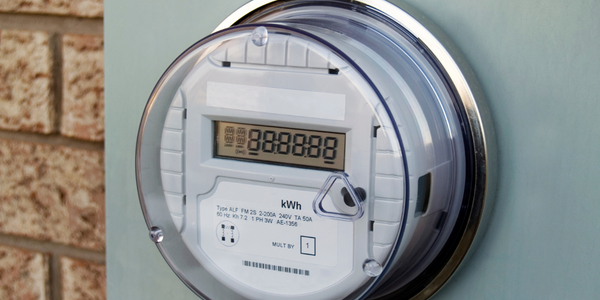
Case Study
Hydro One Leads the Way In Smart Meter Development
In 2010, Ontario’s energy board mandated that time-of-use (TOU) pricing for consumers be available for all consumers on a regulated price plan. To meet this requirement, Hydro One needed to quickly deploy a smart meter and intelligent communications network solution to meet the provincial government’s requirement at a low cost. The network needed to cover Hydro One’s expansive service territory, which has a land mass twice the size of Texas, and its customers live in a mix of urban, rural, and remote areas, some places only accessible by air, rail, boat or snowmobile. Most importantly, the network needed to enable future enterprise-wide business efficiencies, modernization of distribution infrastructure and enhanced customer service. To meet these needs, Hydro One conceptualized an end-to-end solution leveraging open standards and Internet Protocols (IP) at all communication levels. The utility drew upon industry leaders like Trilliant to realize this vision.

Case Study
Selling more with Whirlpool
Whirlpool wanted to add connectivity to appliances and transform the company's relationship with customers. Traditionally, Whirlpool interaction with customers was limited to purchases made once every ten years. Connected washer and dryers provide exciting new features like remote management of start times and inter-machine communication.
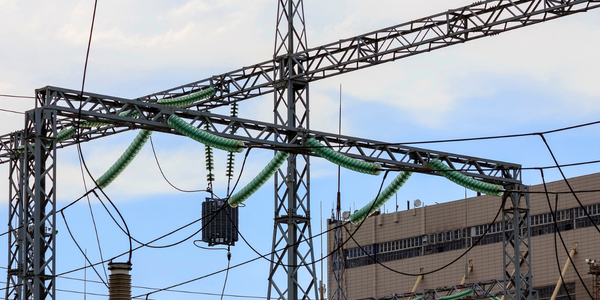
Case Study
SAS® Analytics for IoT: Smart Grid
Companies face falling revenues, rising infrastructure costs, and increasing risk of outages caused by inconsistent energy production from renewable sources. Less money is coming in as more people and organizations take steps to curb their energy use. Utilities are paying more to maintain and build infrastructure due to increasing complexity, resulting from the rising number of intermittent and variable renewable energy sources connected in the distribution grid.
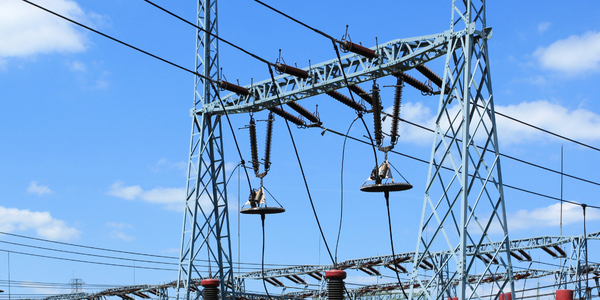
Case Study
Enel Secures Italian Power Generation Network
Electric energy operators around the world are working to increase the reliability and cyber resiliency of their systems. This includes Enel, a global power company that manages and monitors the Italian power grid. This grid:• Serves 31 million customers• Has a net installed energy capacity exceeding 31 gigawatts• Includes more than 500 power generation plants,including hydroelectric, thermoelectric, and wind• Is managed and monitored by Enel 24/7/365• Is operated by Terna, the Italian Transmission System Operator (TSO)Enel is responsible for the availability of the grid’s underlying ICS and industrial network. It also manages Regional Control Centers and Interconnection Centers which connect with the TSO. The TSO manages the flow of energy to the grid plus controls and remotely regulates the power generation of power plants, increasing and decreasing power production as required. The complex system of interaction and cooperation between Enel and the TSO has strong security implications as well as operational and business challenges.
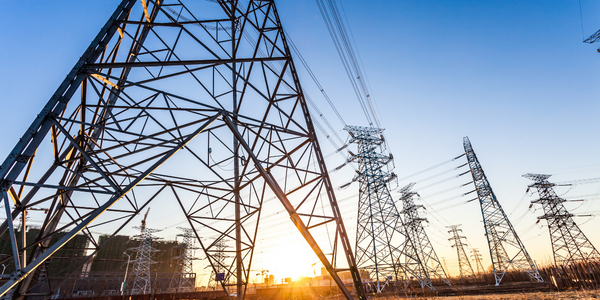
Case Study
IoT based Energy Quality Availability Monitoring Solution
There were several challenges faced:Since this data would be in the public domain, accuracy and authenticity of this data were of paramount importance. It should be able to withstand scrutiny.It is challenging to build an appliance that can withstand a wide range of voltage fluctuations from as low at 90v to as high as 320v. Since the device would be installed in remote locations, its resilience was of paramount importance.The device would have to deal with poor network coverage and have the ability to store and re-transmit data if networks were not available, which is often the case in rural India. The device could store up to 30 days of data.The platform that deals with the data should be readily available and highly reliable and never lose a packet of data.




